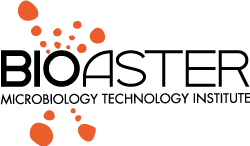Introduction
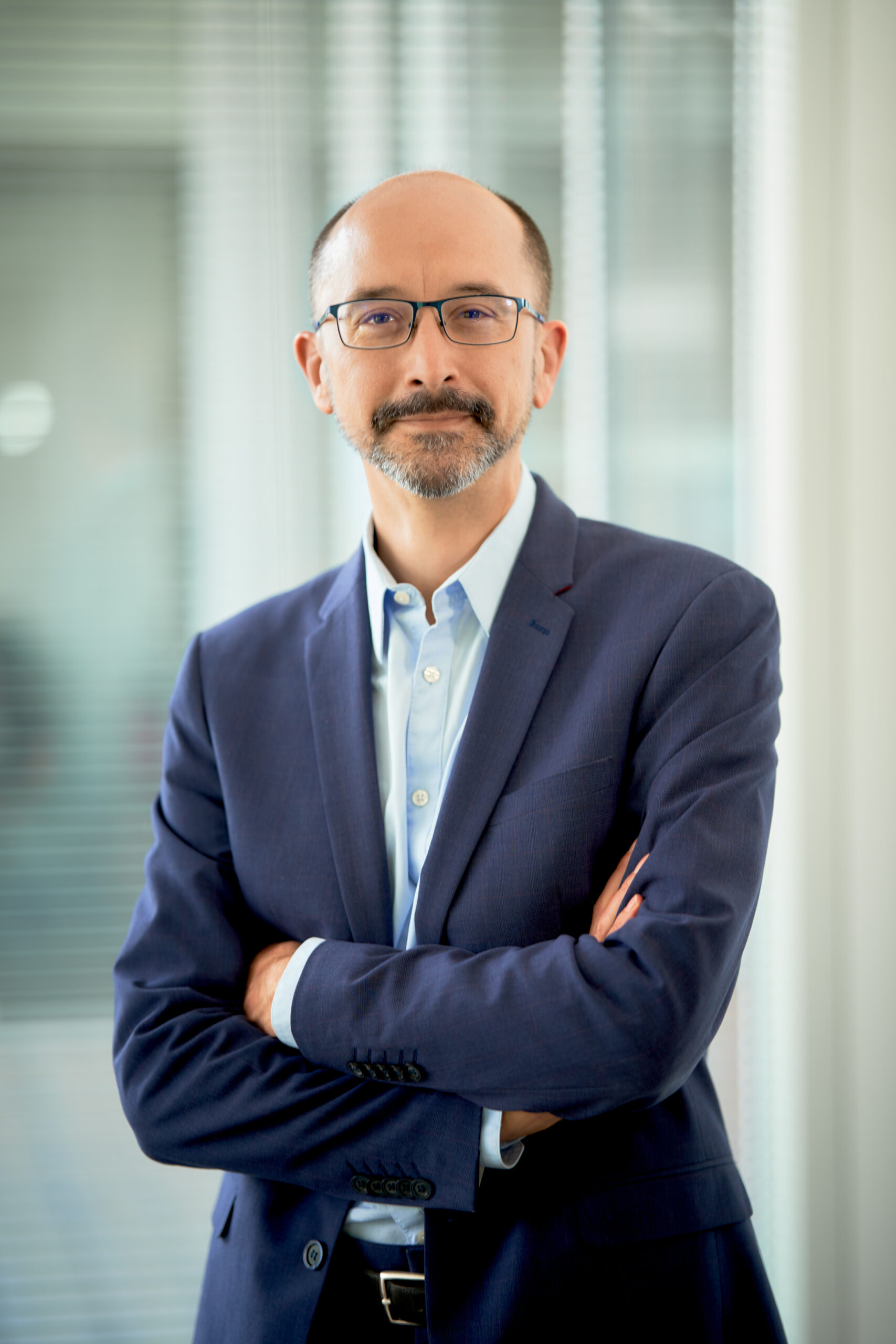
Alexandre Moulin
CEO BIOASTER
“As players in the health sector, we have to significantly improve the effectiveness of our R&D by exploiting our own knowledge and capabilities, but also those that exist beyond our organizational limits. Open innovation, integrating internal and external expertise to mobilize the entire sector, is an approach that is more important than ever to provide new sources of innovation and ensure the development of health products that are focused on specific patient needs.
BIOASTER, in its capacity as a Technological Research Institute, is fully aligned with this open innovation philosophy, because we aim to translate the results of publicly available research into exploitable innovations that accelerate the development of prognostic, diagnostic, preventive, and therapeutic solutions, so that they can be pursued by companies. Our scientific collaboration is at the heart of this approach, with our expertise in microbiology and infectious diseases, and specifically in diagnostic, vaccines, antimicrobials, and the microbiome.
Thus, BIOASTER aims to assist healthcare-focused companies by offering them knowledge and expertise in technological innovation, to open up new avenues of research, accelerate the development of their products, and remove the technological obstacles that hinder their ambitions.”
BIOASTER is a Technological Research Institute (IRT)
in health technologies, created at the initiative of the French government and private life science companies.
BIOASTER is a not-for-profit Scientific Cooperation Foundation (FCS)
that is dedicated to the study of microbiology and infectious diseases, tackling diseases caused by bacteria, viruses, parasites, and fungi. We offer a new approach to R&D, by integrating the principal scientific and technological disciplines, to better share the risks of innovation.
A NEW MODEL OF INNOVATION RISK SHARING
Our mission
is to provide our partners and customers with innovative scientific and technological solutions to accelerate the development of their products by:
designing and implementing tailor-made technological solutions that open up new fields of opportunity or overcome technological barriers identified during their development;
producing robust, high-quality data that meets industrial benchmarks.
BIOASTER offers a risk-reduction model of innovation that is based on three complementary pillars:
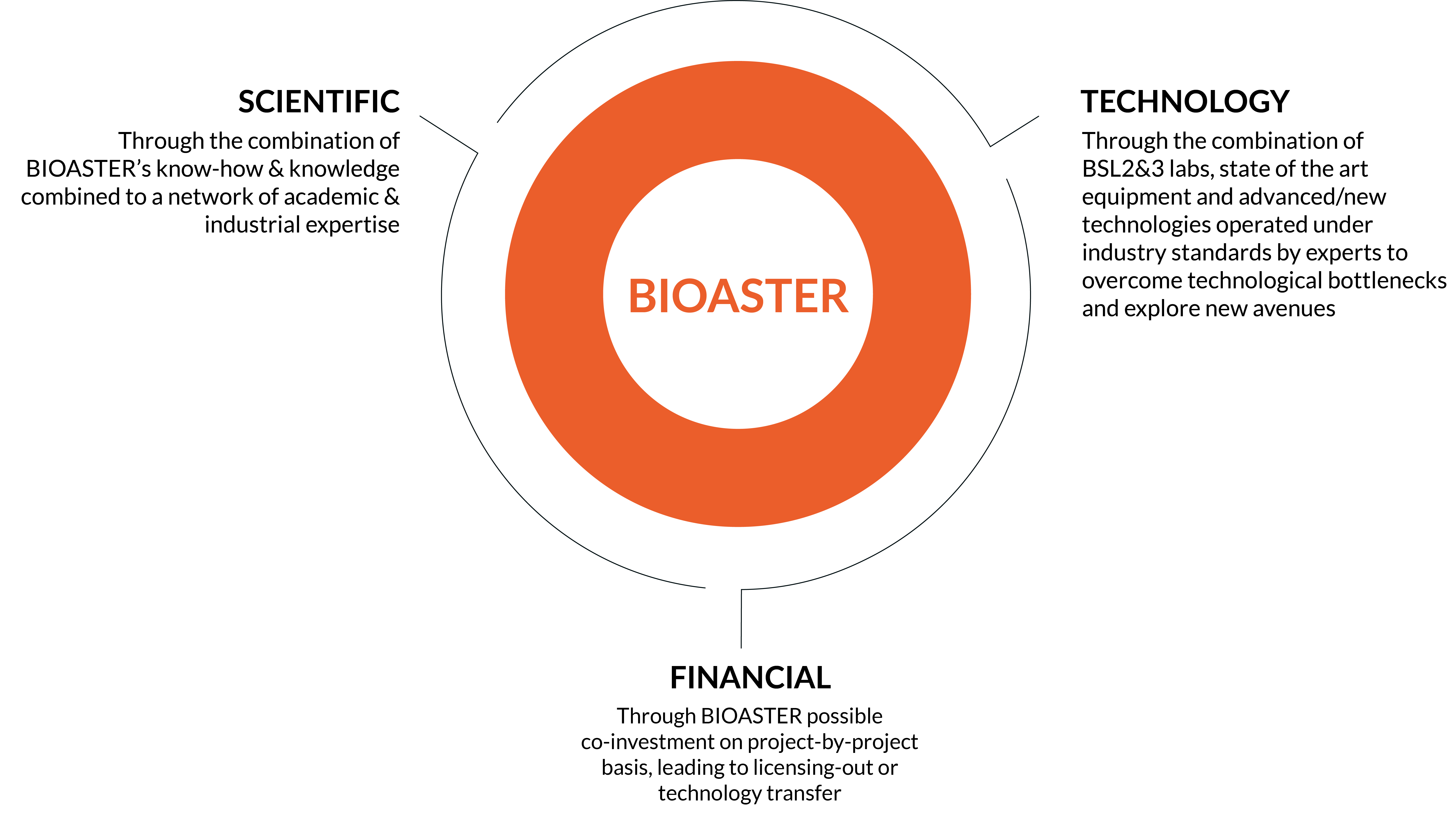
Exploitation and technology transfer
BIOASTER’s risk-sharing model is aligned with its exploitation and technology transfer model.
As a Technological Research Institute, BIOASTER focuses its efforts on the development of reliable technological innovations, with the ultimate goal that they are widely used in infectious disease and microbiological research.
Innovations are developed internally up to the proof-of-concept stage, before being tested and validated within the framework of our collaborative projects, based on our risk-sharing model. These are then provided as services for the benefit of clients or transferred in the form of licensing or the creation of spin-off or start-up companies.
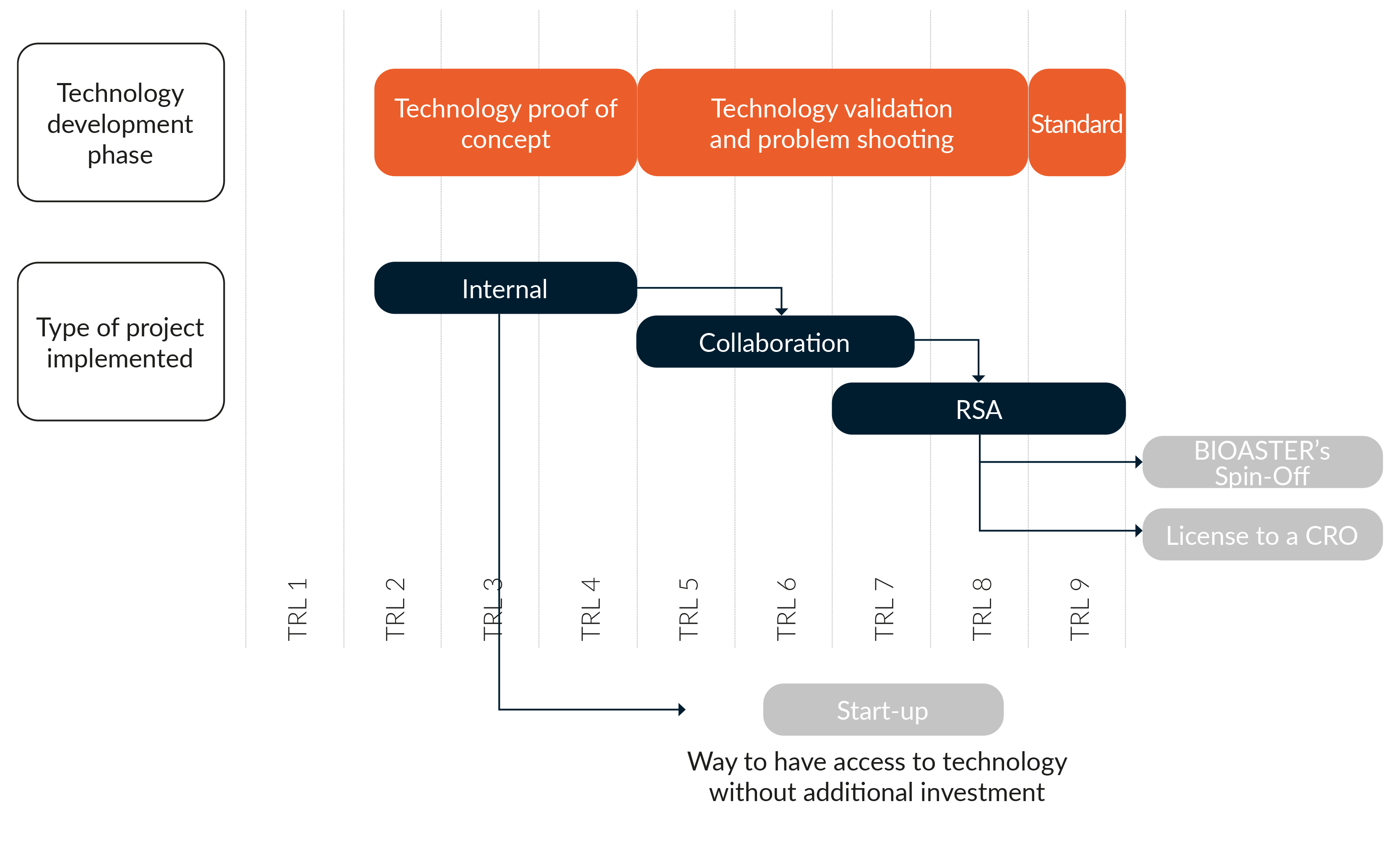
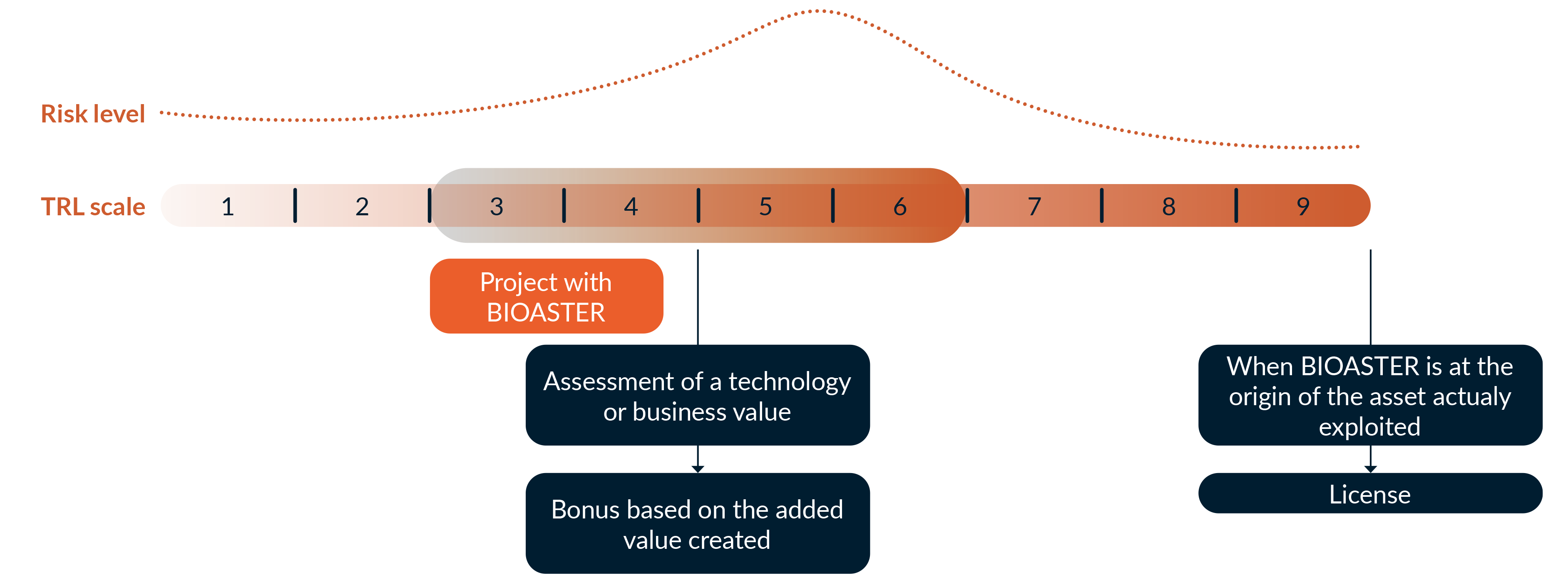
The other aspect of exploitation is based on the generation of assets for our partners and customers, facilitated by technological innovations and BIOASTER’s expertise.
The business models implemented jointly with each of our partners rely on the identification of the value created by the Institute for the benefit of the partner on a case-by-case basis.
In the first instance, demonstration of the economic value of the findings for our partner results in a milestone payment to BIOASTER in reward for its contribution to the risks associated with the project. The definition of the criteria that trigger this remuneration, as well as the amount, are defined with our partner and according to its business model.
In addition, when the project generates an innovation that can be exploited by our partner in the exploitation of its new product or service, a reward for our contribution to the growth of the partner is provided. Most frequently, this is in the form of a license, with the payment of royalties on the basis of gross sales.
KEY FIGURES
research contracts including 72 collaborative projects with academic and industrials partners
companies and industries partners worldwide
patents
employees of 15 nationalities
grants
TYPES OF BUSINESS
INDUSTRIAL PARTNERS – GEOGRAPHICAL DISTRIBUTION
Our story
Creation of the IRT
3 employees + 3 volunteers
13 projects
Structure: 13 technical platforms and 6 technology centers
61 employees
Structure: Paris 600m2 (offices and labs) / Lyon 820m2 (offices and labs)
Teams spread over 6 locations in Lyon (Lyonbiopole, ANSES, IN2P3, Accinov and ISA) and at Institut Pasteur
86 employees
15 projects
New structure: 7 technological units and 4 thematic units
100 employees
Moving into the new building in Lyon with 2,200m2 of laboratories and 1,360m2 of offices, in addition to the 850m2 premises in Paris.
31 projects
Structure: 7 technological units + 1: Bioassays, Microsystems and Optical Engineering
4 programs: Antimicrobials, Diagnostic, Microbiome, Vaccines
110 employees
BIOASTER celebrated its 10th anniversary!
BIOASTER co-creates the "S.O.L.V.E. AMR" consortium to gather forces to better fight antimicrobials resistance
To create together...
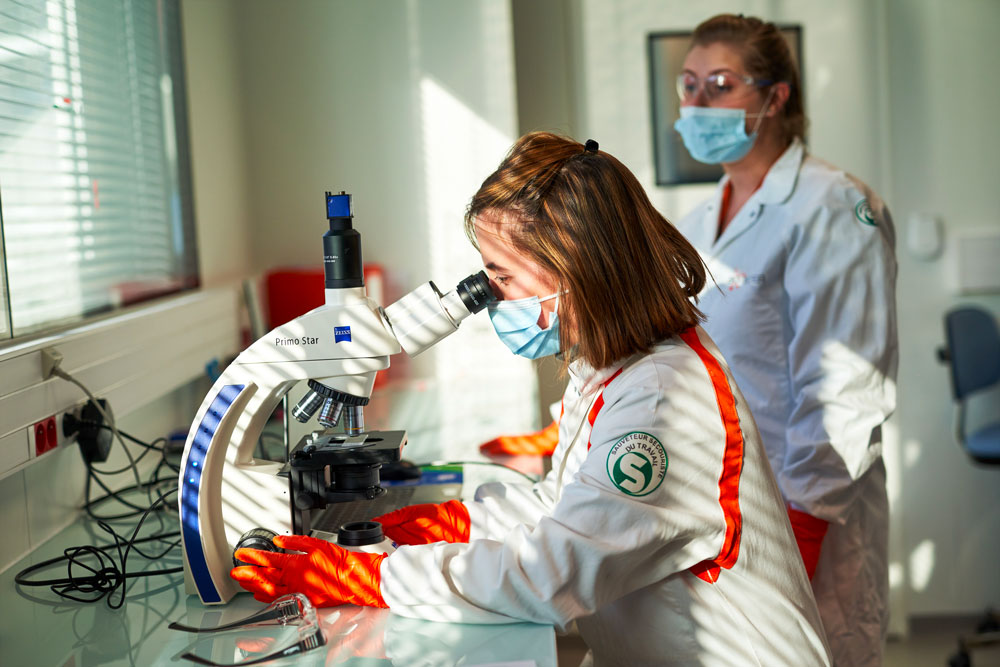
Founders
Co-founding leaders

Funding supports

Public research institutions

Major of healthcare industry
